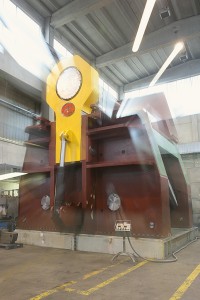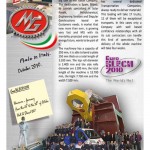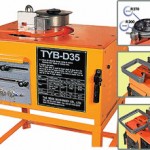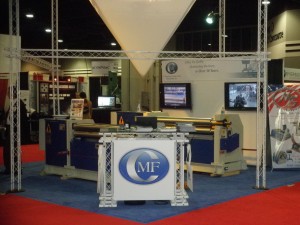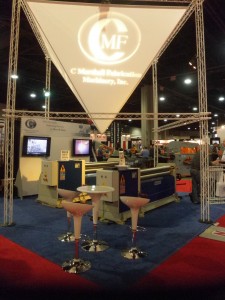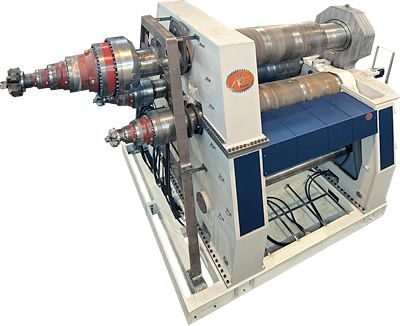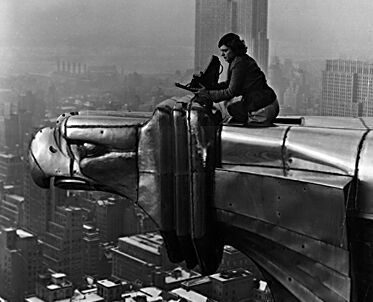As we post here about the latest and greatest in metal fabrication machinery, and advances in technology, am I the only one who is drawn to the opposite pole?
I find it important to remember the past in order to better appreciate the technologically advance present.
I was taking a look at the Ironworkers, particularly the MIW Double Cylinder Machine and it got me to thinking.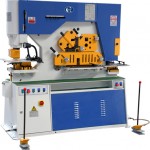
Where did the birth of this technology really get it’s kick start? All invention is born of need. So where did the need really kick in?
Metal fabrication or working has been around before recorded time, but it wasn’t until the last couple of centuries (particularly WWI) that the overwhelming production of metal fabrication came to be. I feel that it hinged on the ability to forge metals without having to beat them into submission with forge welding. You know. Hammer this metal into that metal over and over and over again until you had your weld.
Not very practical if you want to build an all steel battle ship huh? And for that matter, the more rivets you have the more holes you have. Not a real good idea when building a boat right?
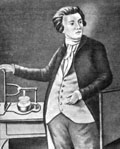 In 1802 a Russian scientist named Vasily Vladimirovich discovered the arc. Now that’s not to say he was the first guy to see lightning. But as far as we know he as the first guy to create some, even if on a small scale.
In 1802 a Russian scientist named Vasily Vladimirovich discovered the arc. Now that’s not to say he was the first guy to see lightning. But as far as we know he as the first guy to create some, even if on a small scale.
Long story short, (I know I’m a writer, I’m supposed to tell the long version), using a voltaic pile, or battery of sorts, he was able to create an arc. Very cool stuff, but he took it a step forward. And that step is what really sealed his position in history. He proposed the arc be used in the fusion of metals. He even created the first small weld using that very voltaic pile.
In essence he was the first arc welder.
Now it wasn’t until a couple of decades later that the idea was expounded upon, but he was the first.
Of course arc welding from there on out had a limited success. But like several inventions, it was war that brought it into full bloom.
Come World War I, the need for welding was dire and the rest is, well, history.
I believe the saying goes ‘necessity is the mother of invention’. I’m not sure how necessary war is, but the invention part of welding is much appreciated by mankind, more so than most realize.
So next time you working in the shop on your MG 4 Roll Hydraulic Plate Bending Machine, remember that we might even have had a reason to invent such a thing if it weren’t for Vasily and he his help in taking us from hammer to spark.
by Michael Graves


